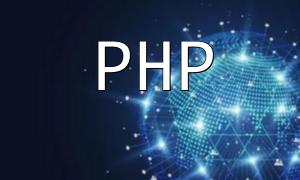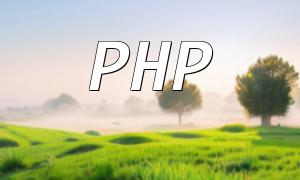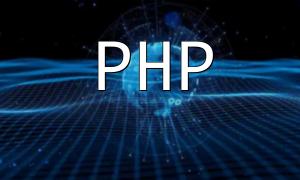Photography enthusiasts are often interested in key parameters of photos, such as shutter speed and aperture. When working with images in PHP, if you can read the Exif data of a photo, it becomes easy to retrieve these parameters. This article will walk you through how to read the shutter speed of a photo using PHP and the Exif extension, with detailed code examples provided.
First, you need to ensure that the Exif extension is installed on your server. You can install the Exif extension using the following command (only for Ubuntu/Debian systems):
sudo apt-get install php7.2-exifIn PHP, you can use the exif_read_data() function to read the Exif data from a photo. Here is a simple code example:
<?php
$filename = 'photo.jpg'; // The filename of the photo
$exif = exif_read_data($filename, 'EXIF', true);
if ($exif === false) {
echo 'Unable to read the Exif data of the photo.';
} else {
if (isset($exif['EXIF']['ExposureTime'])) {
$shutterSpeed = $exif['EXIF']['ExposureTime'];
echo 'The shutter speed of the photo is: ' . $shutterSpeed . ' seconds.';
} else {
echo 'Unable to get the shutter speed information of the photo.';
}
}
?>In the code above, we first specify the filename of the photo we want to read. Then, we use the exif_read_data() function to retrieve the Exif data from the photo, specifying that we want to read the 'EXIF' tag.
Next, we check if the 'ExposureTime' key exists in the $exif array to confirm whether we successfully obtained the shutter speed. If successful, we display the shutter speed on the screen.
Assume we have a photo named photo.jpg, and its shutter speed is 1/250 seconds. When we run the above code, we get the following output:
The shutter speed of the photo is: 1/250 seconds.When reading Exif data from a photo, there are a few things to keep in mind:
Using PHP and the Exif extension to read the shutter speed of a photo is simple. By calling the exif_read_data() function and specifying the tag you want to read, you can easily retrieve important photo parameters like shutter speed. This technique can help you better understand the parameters of a photo and the underlying principles of photography. Moreover, you can perform more image processing tasks based on this data to improve the photo's quality and aesthetics.








